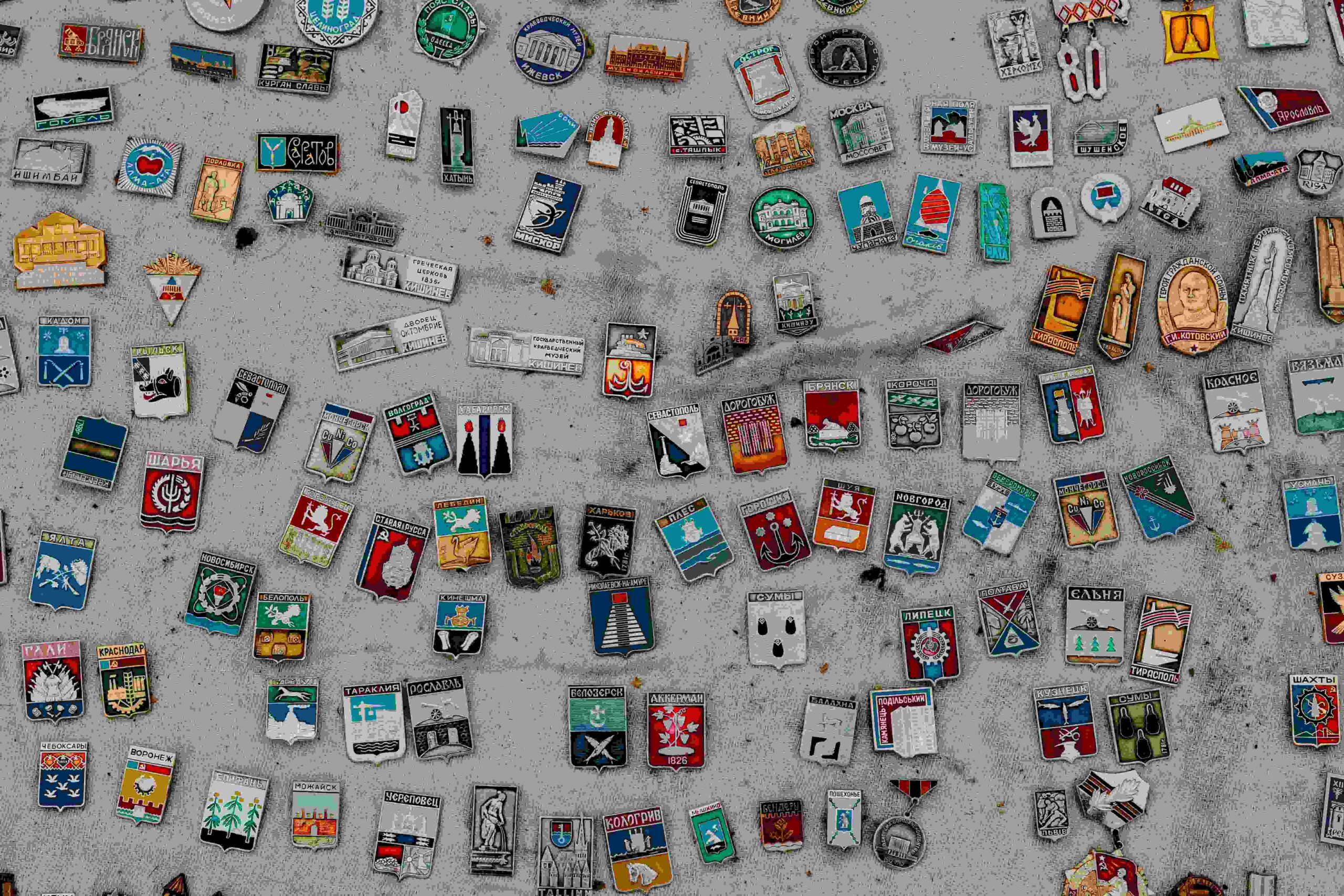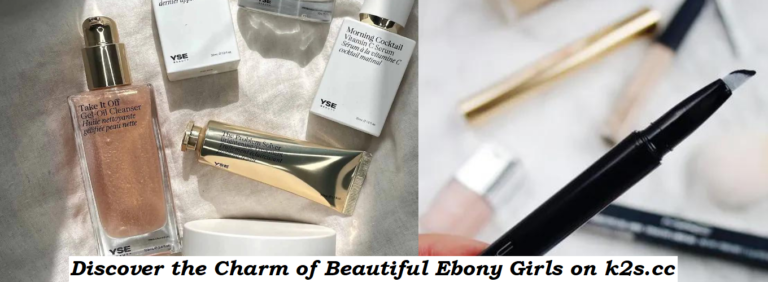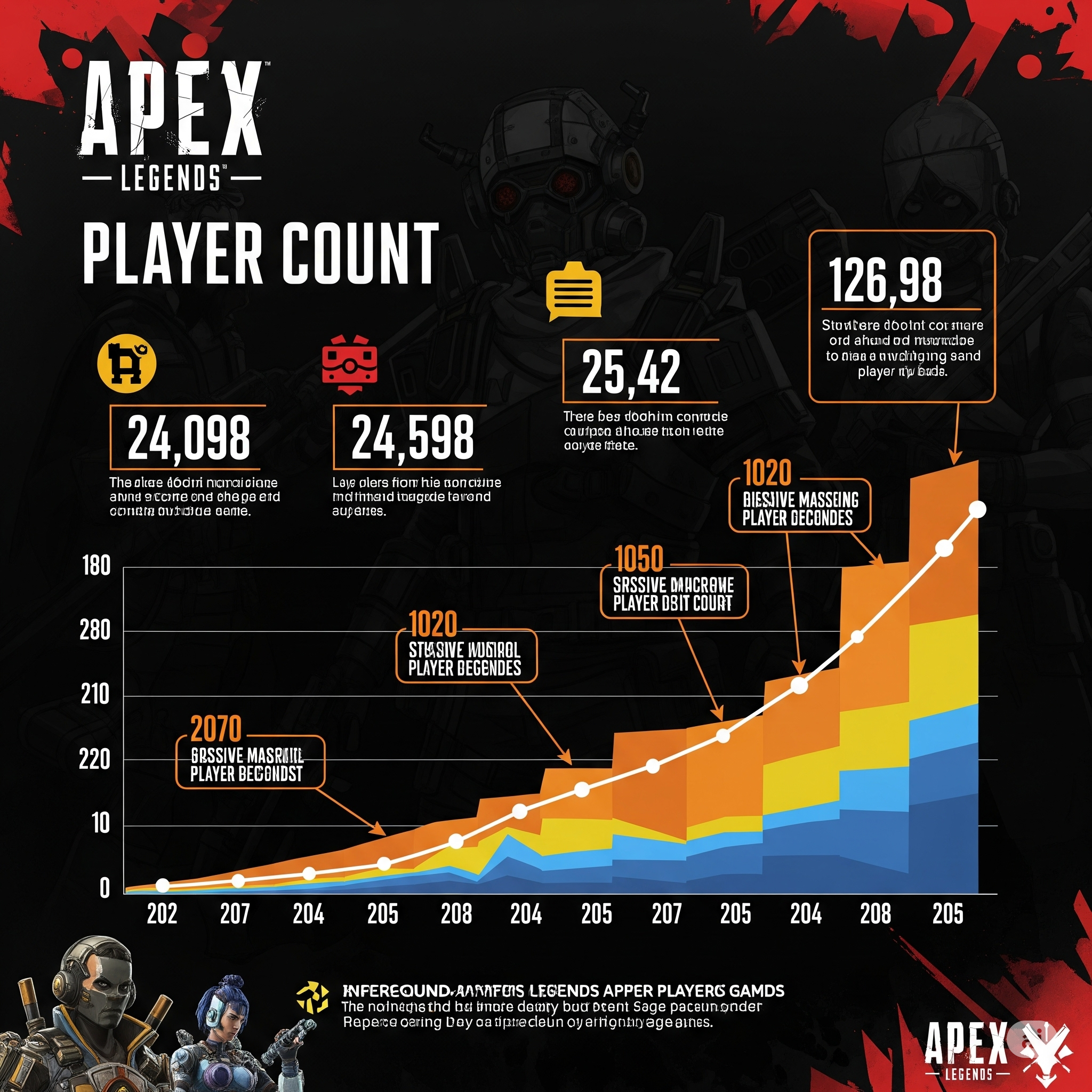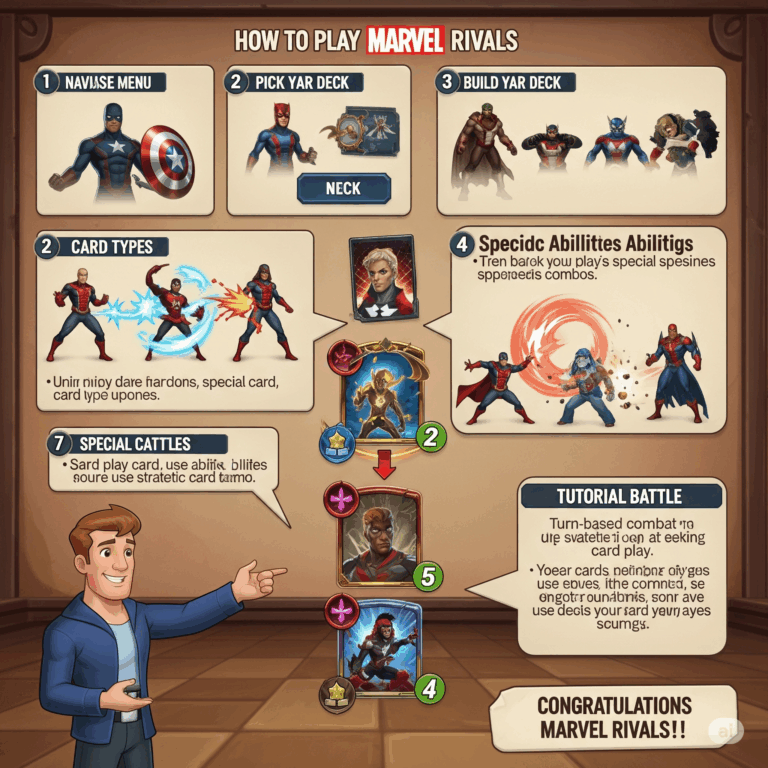
- Understanding Your Purpose
Before you begin designing your button pins, it’s crucial to understand their purpose. Ask yourself the following questions:
What message do I want to convey? Identify the main idea or theme of your buttons. This could be a brand logo, a slogan, a design related to an event, or an artistic expression.
Who is my target audience? Knowing your audience will help shape your design choices. Consider their preferences, interests, and age group.
Where will these buttons be used? Think about the context in which the pins will be worn. Will they be used at a festival, a conference, or as part of a promotional campaign? This will affect the design elements you choose.
- Brainstorming Ideas
Once you have a clear understanding of your purpose, it’s time to brainstorm design ideas. Here are some strategies to get your creative juices flowing:
Research Trends: Look at current design trends in button pins. Websites like Pinterest and Instagram can provide inspiration from other creators.
Draw Inspiration from Nature and Art: Explore nature, architecture, and art for unique shapes, colors, and patterns that could inspire your design.
Use Word Association: Write down words that relate to your theme or message. Use these words to spark ideas for visual elements.
Create a Mood Board: Gather images, colors, and typography that resonate with your vision. This will help you visualize the overall aesthetic you want to achieve.
- Choosing the Right Design Elements
Color Palette
Color plays a significant role in how your button pins are perceived. Choose colors that align with your brand identity or the message you wish to convey. Use color theory principles to create a harmonious palette. For example:
Complementary Colors: Colors opposite each other on the color wheel create a vibrant look when used together.
Analogous Colors: Colors next to each other provide a more subdued and cohesive appearance.
Typography
If your design includes text, select fonts that are legible and reflect the tone of your message. Consider these tips:
Limit Font Variety: Use one or two fonts to maintain clarity and coherence.
Consider Size and Spacing: Ensure that text is large enough to be read from a distance and that there is sufficient spacing between letters and words.
Graphics and Images
Incorporating graphics or images can enhance your button design. Here are some considerations:
Keep It Simple: Complex images may not translate well on small buttons. Opt for bold, simple designs that can be easily recognized.
Use High-Quality Images: If you’re using photographs or illustrations, ensure they are high resolution to avoid pixelation.
- Sketching Your Ideas
Before moving to digital design, sketch your ideas on paper. This step allows for quick exploration of different layouts and designs. Don’t be afraid to experiment with various styles and compositions. Once you have a few strong concepts, you can start refining them.
- Designing in Software
After finalizing your sketches, it’s time to move to digital design. Popular graphic design software includes Adobe Illustrator, Canva, and CorelDRAW. Here are some tips for designing your button pins digitally:
Set the Right Dimensions: Ensure your design canvas is set to the correct size for button pins. Common sizes are 1 inch, 1.5 inches, and 2.25 inches in diameter.
Use Layers: Organize your design elements into layers for easier editing. This allows you to move and adjust components without disrupting the entire design.
Export in the Right Format: Save your design in a vector format (like .ai or .svg) for high-quality printing, and also export a .png or .jpg for online previews.
- Getting Feedback
Before finalizing your design, seek feedback from trusted peers or your target audience. This can provide valuable insights and help identify any areas for improvement. Ask questions like:
– Is the message clear?
– Are the colors appealing?
– Does the design resonate with the intended audience?
- Choosing a Printing Method
Once you’re satisfied with your design, it’s time to select a printing method. There are several options for producing custom button pins:
Digital Printing: This method is ideal for full-color designs and small runs. It’s cost-effective for low quantities.
Screen Printing: Best for larger batches, screen printing offers durability and vibrant colors, making it suitable for simple designs with fewer colors.
Button Maker Machines: If you’re planning to make pins in-house, consider investing in a button maker machine. These allow for greater control over the production process.
- Final Touches and Quality Control
After printing your button pins, conduct a quality check. Look for any defects, such as color discrepancies or misalignment. Ensure that the buttons are sturdy and that the pins attach securely.
- Marketing Your Button Pins
If you’re designing buttons for sale, marketing them effectively is essential. Here are some strategies to promote your custom button pins:
Use Social Media: Share high-quality images of your buttons on platforms like Instagram and Facebook. Engage with your audience by creating polls or contests.
Collaborate with Influencers: Partnering with influencers in your niche can help increase visibility and reach a broader audience.
Create a Website or Online Store: Consider setting up an online store where customers can browse and purchase your button pins.
Participate in Local Events: Attend craft fairs, markets, or conventions to showcase and sell your designs. This provides an opportunity to connect directly with potential customers.
Conclusion
Designing custom button pins that stand out requires a thoughtful approach, creativity, and attention to detail. By understanding your purpose, brainstorming ideas, and choosing the right design elements, you can create buttons that resonate with your audience and effectively convey your message. With the right marketing strategies, your custom button pins can become a memorable and impactful accessory that leaves a lasting impression. Start designing today, and let your creativity shine through your unique button pins!






